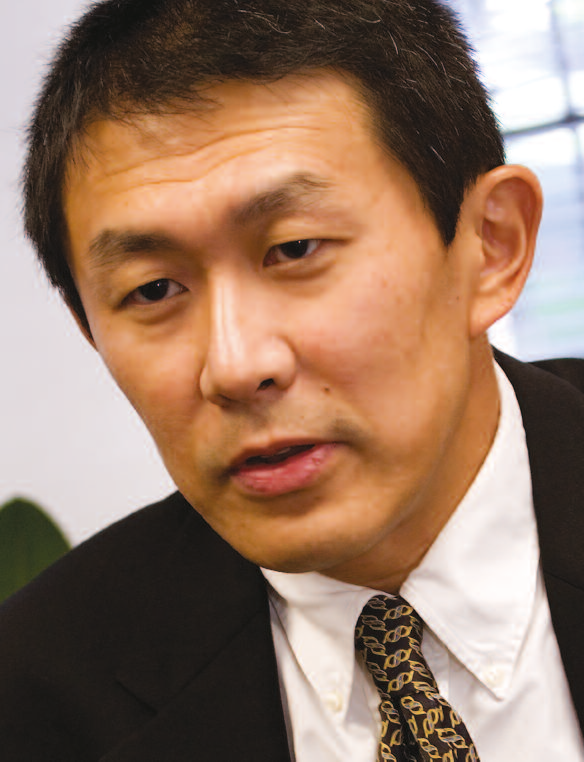Dear Readers:
Welcome to Resolve, a magazine devoted to research and educational innovation in the P.C. Rossin College of Engineering and Applied Science at Lehigh University. The name of the magazine epitomizes the character of Lehigh engineers: tenacious, rigorously trained thinkers and problem-solvers who excel in all domains of leadership.
This inaugural issue of Resolve highlights exciting research projects and novel educational programs across science and engineering at Lehigh. Much of this activity has been spurred by Lehigh 2020, a $75-million academic venture launched in 2000. More than a third of Lehigh’s 120 engineering faculty have been appointed since then. This creates unprecedented energy and momentum in all major areas of engineering research, as you will see in this magazine.
Resolve is organized on the concept of “research clustering,” in which three overarching research areas harness a critical mass of intellectual strengths. Each cluster represents strong crossdisciplinary synergies while elevating the scope of research above typical academic disciplines or research centers. To facilitate the formation of research clusters, faculty-led advisory councils have been formed in these three areas:
Bio: Bio, Environmental and Molecular Engineering
Nano: Nanotechnology and Applications
Systems: Complex Engineering and Information Systems
Throughout this magazine, you will notice features and news briefs devoted to each of the three clusters – fundamental research platforms with evolving themes, not fixed administrative structures. You’ll note that some projects straddle more than one platform; clustering represents an effort to foster the organic growth of research collaborations and to expand the scope and impact of research, while creating a forum for dialogue among faculty concerning future research directions and infrastructure investment.
The clustering concept stands on a strong tradition of multidisciplinary research at Lehigh. Faculty in science and engineering have for years crossed boundaries to cooperate with each other. It is not at all unusual, for example, to see a materials scientist working closely with an electrical engineer, a biologist, a physicist, or a chemist, or even with a sociologist or an economist. This cross-disciplinary collaboration is reflected not only in the breadth of research at Lehigh, but also in the creation of new academic programs that integrate engineering with other disciplines.
In the following pages, you will learn about some of these collaborations, including an international effort to develop a sophisticated form of glass that can help regenerate damaged bone tissue, a unique carbon nanotube research project and Lehigh’s innovative undergraduate honors program in Integrated Business and Engineering.
I hope you enjoy this first issue of Resolve. I welcome your thoughts and comments on this magazine, and on the exciting research and educational programs conducted here at Lehigh.
S. David Wu, Dean and Iacocca Professor
P.C. Rossin College of Engineering and Applied Science

